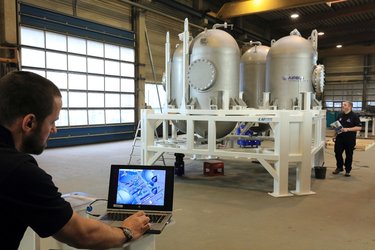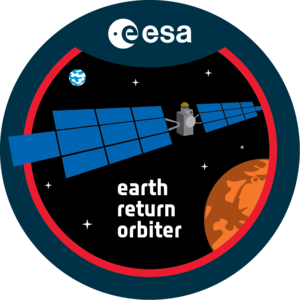

ERO's engineering qualification model
Engineering qualification model of the Remote Interface Unit (RIU) for the Earth Return Orbiter.
The qualification unit is shown complete and ready for testing. The Remote Interface Unit manages sensors and actuators including the chemical propulsion valves, reaction wheels, relay commanding and temperature sensors.
The RIU connects most of the spacecraft equipment to the main computer. This is a replica of the flight model and it is used to test it conditions which are supposed to be harsher than what engineers expect to see in an interplanetary flight to Mars.
ESA’s Earth Return Orbiter (ERO) is one of three missions launched from Earth that would be part of the intricate Mars Sample Return campaign to bring martian rock, soil and atmospheric samples back to Earth.
In addition to the rendezvous and return mission, ERO would provide critical Mars-Earth communications coverage for the NASA’s Perseverance rover and the Sample Retrieval Lander to deliver the martian samples.
Just as the Apollo Moon samples have fuelled research for decades, the scientific community would have pristine samples from Mars to study for years to come.
ERO’s round-trip to the Red Planet, as well as its rendezvous with an object launched from the martian surface, would pave the way for crewed missions to Mars.





